My name is Ross and I’m 14 years old. I first met Hamish at my mum and step-dad’s wedding, he was the photographer along with his friend James. A while after the day I got in touch with Hamish to see if I could do work experience at his company. This post is about one of the highlights of the week I spent at F8, shooting with a film camera for the first time.
Until now I have been using a Nikon D3300 which, for my requirements was all I needed. It has 24.2 mega pixels, a night-mode setting and many more advanced features at an entry-level price. So when I arrived on Monday and was confronted with a hefty metal camera without an On button or a zoom dial, my first thoughts were ‘How the hell do you work this thing?’ and ‘Where’s the trigger?!’ it certainly looked like a camera but I was reluctant to think it really was like one. Hamish then explained to me that this was a ‘film’ camera which ran without electricity, didn’t autofocus and required manual altering to the aperture and shutter-speed; what black magic was this!? This ‘film’ camera was a concept which was very new to me, because until now, a camera was something you point and shoot.
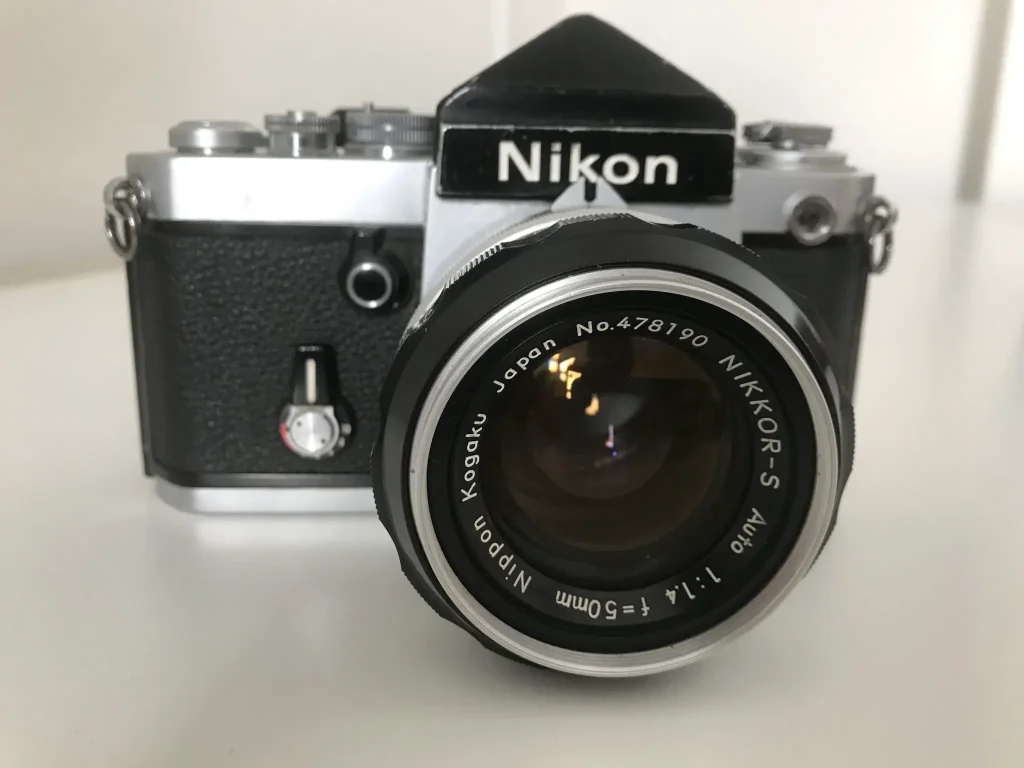
After having a good look at the camera, I was introduced by Hamish to a small part of the principles of reciprocity which made a bit of sense: different levels of light require a different balance in aperture and shutter-speed. To help explain the aperture and shutter-speed relationship, Hamish used the garden hose analogy; with the water being the light. The aperture is the width of the hose and the shutter speed is the length of time in which the water is running, bearing this in mind, you need to get the right amount of water through the hose. This analogy was useful to my understanding of photography and how it works.
The first night I had the film camera I almost managed to open the camera before luckily being stopped by my mum and informed of what the outcome would be.
On my phone, I then downloaded a Light Meter app to assist me in taking photos with the correct exposure, this proved to be difficult as I juggled the camera and my phone between my hands while Hamish and James casually took photos with no need for petty light measuring apps or extra time to think about which dial to turn!
My biggest problem was remembering to measure the light and change the aperture and shutter-speed without getting carried away with snapping at everything (that and also filling the roll of film). Even with all the extra effort needed to operate the camera I was beginning to prefer the manual focus and the way in which the camera generally worked.
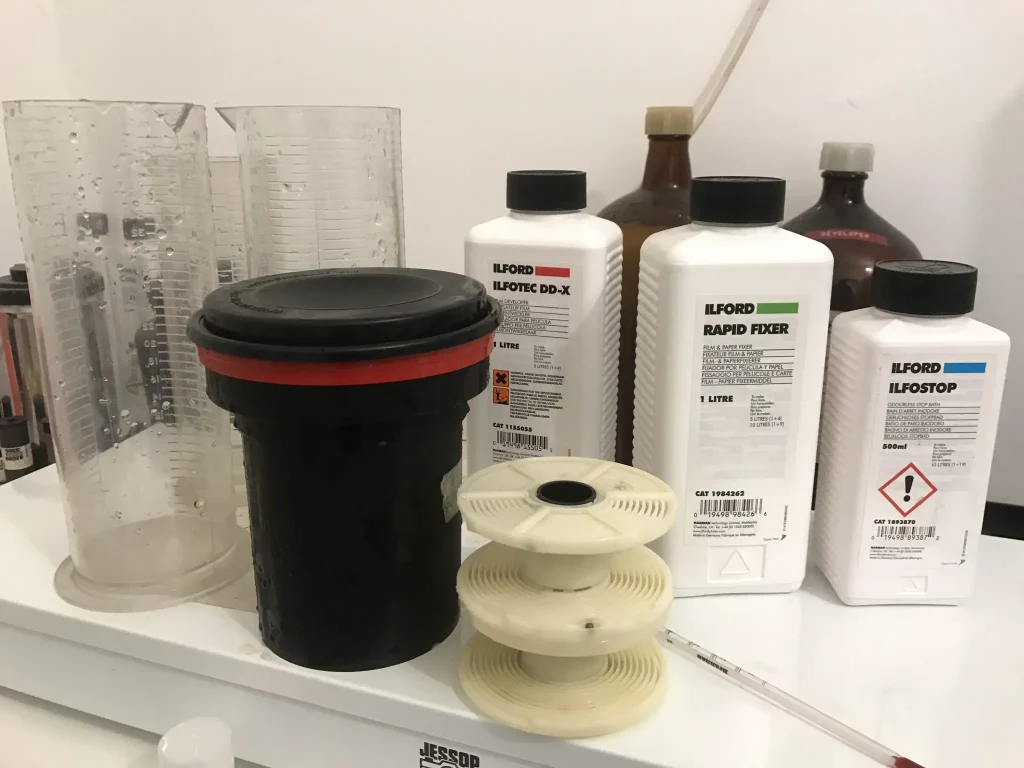
By Friday, I managed to fill enough of the film (20 shots out of 36)so me and Hamish could begin the process of developing the rolls. We both shot a roll of HP5 film so we did rolls of film at the same time in a development tank. The first stage was to retrieve the rolls from the cameras in a changing bag so the film didn’t get damaged by the light, once this was done the film had to be winded into the spirals and placed into the Dev Tank with the lid on.
The first liquid to be drained into the dev tank was DD-X which had to be mixed so there was four parts water, one part DD-X at 20 degrees celsius; this developed the film for nine minutes and the dev tank had to be shaken for ten seconds every minute. The DD-X was then drained out and ‘Stop’ replaced it, this had to be shaken for one minute straight before the next liquid ‘Fixer’ was drained in for five minutes, shaking for ten seconds every minute. The final step was to wash the film under running water before hangings them out to dry, this was when we finally got to see our images and how they’d turned out: mine were quite dark but not too bad for my first time.
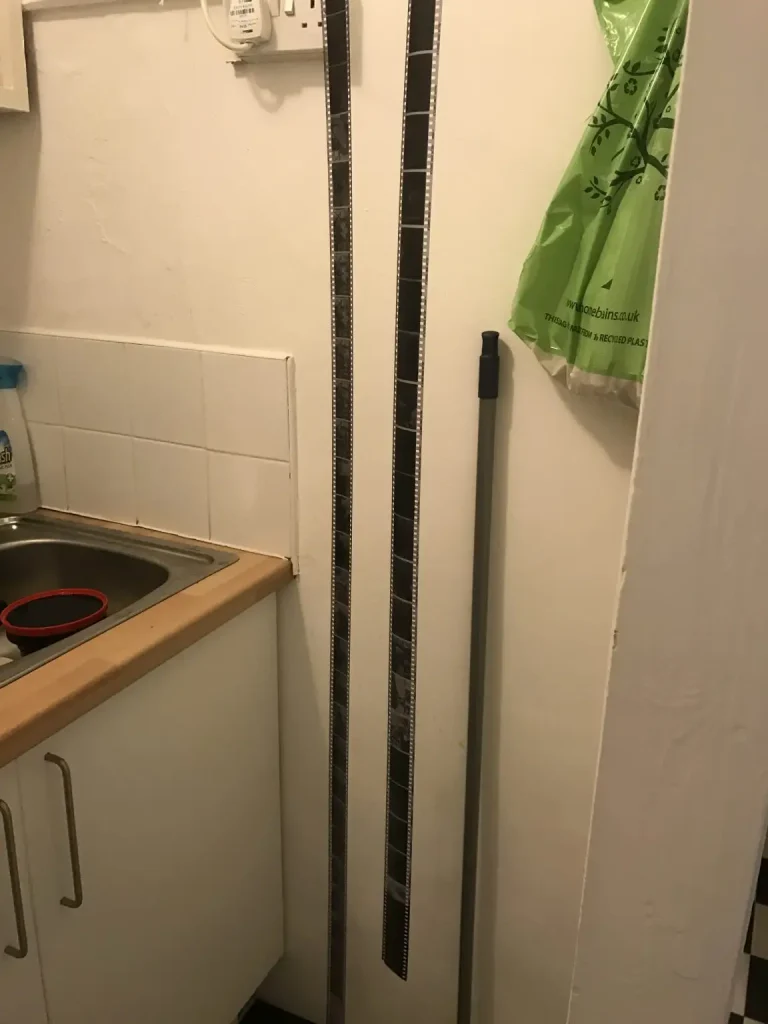
All in all, I came on Monday with an interest in photography and have left with my eyes opened to a whole new side to it and how it works, film will definitely be an interest in the future. Here are a few of my photos scanned by Hamish on his Noritzu scanner:
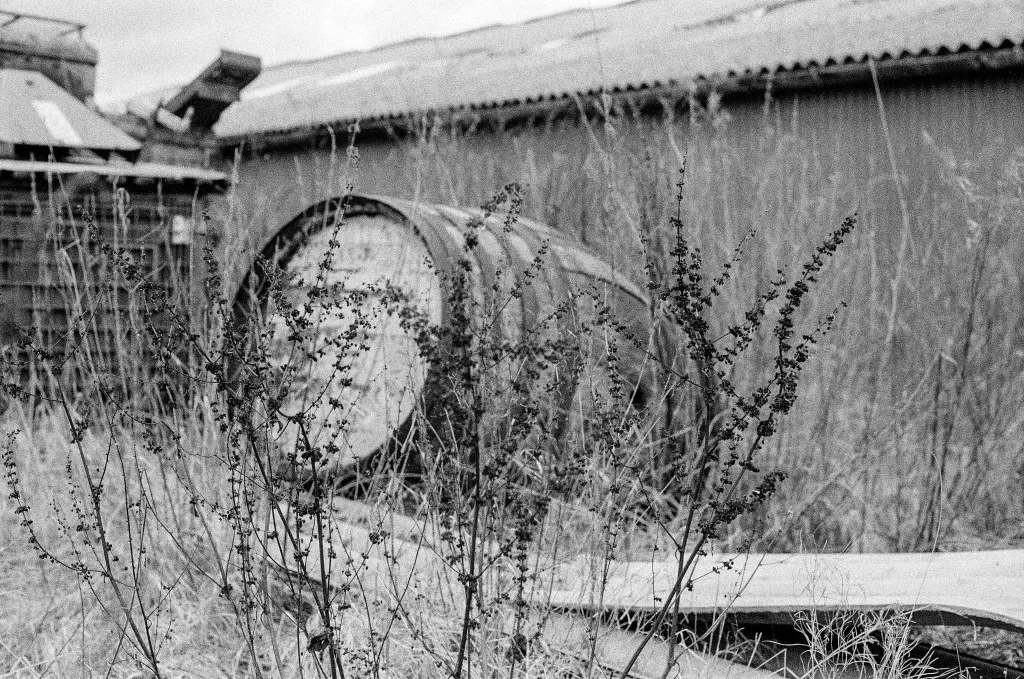
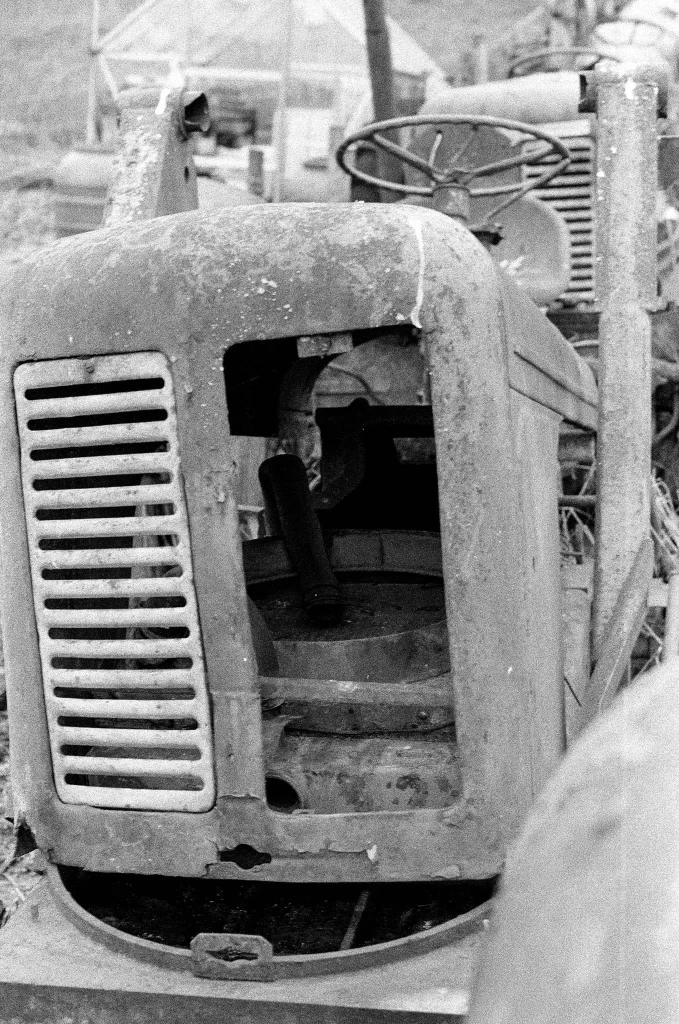
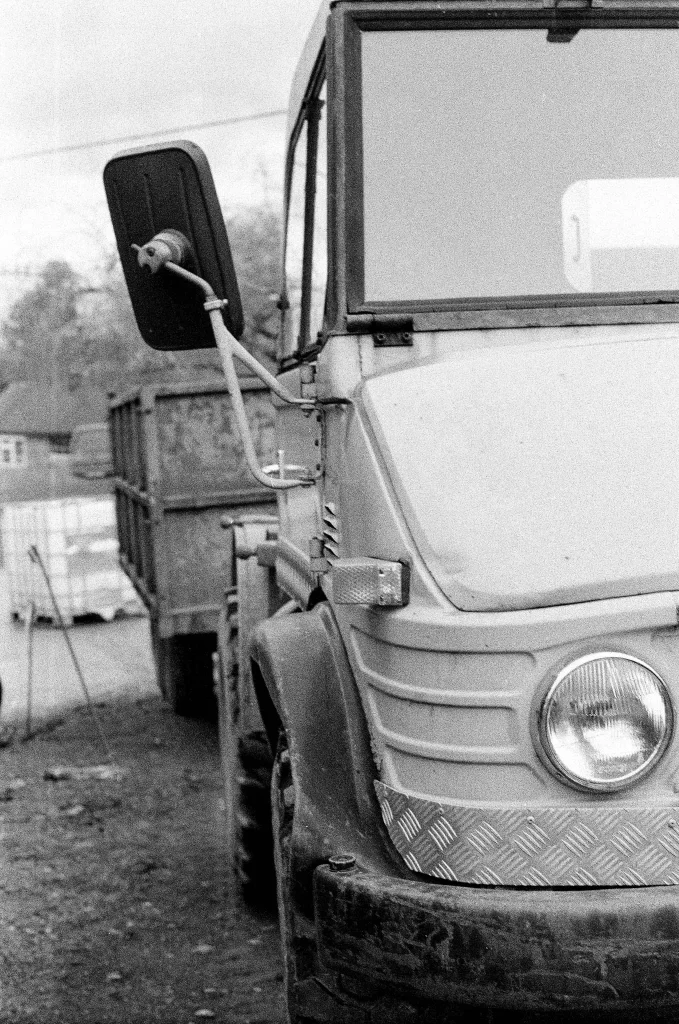
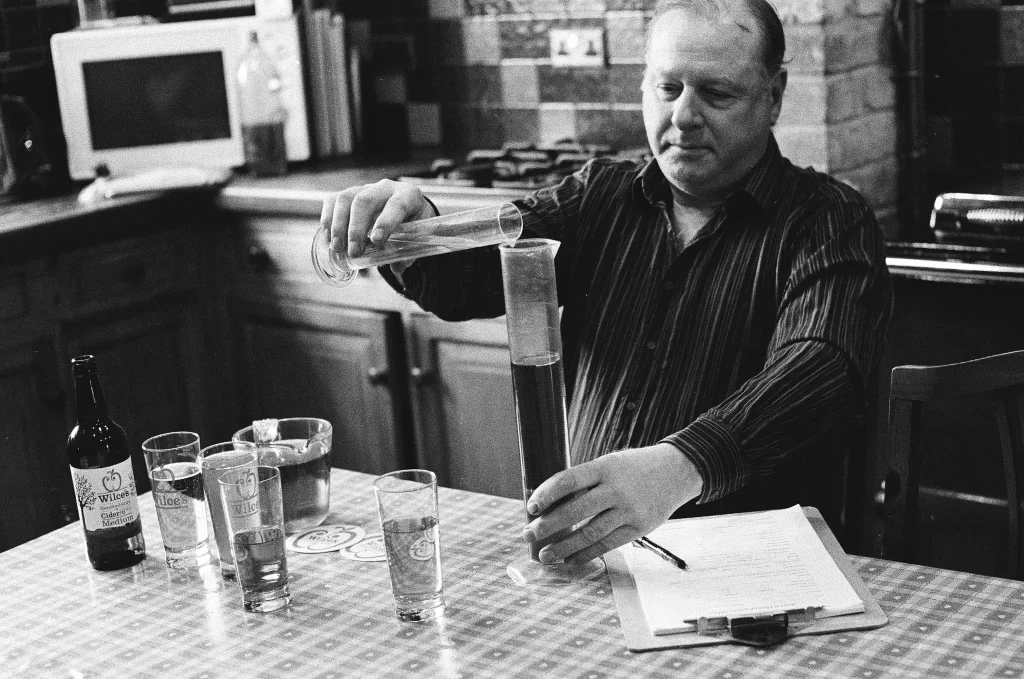
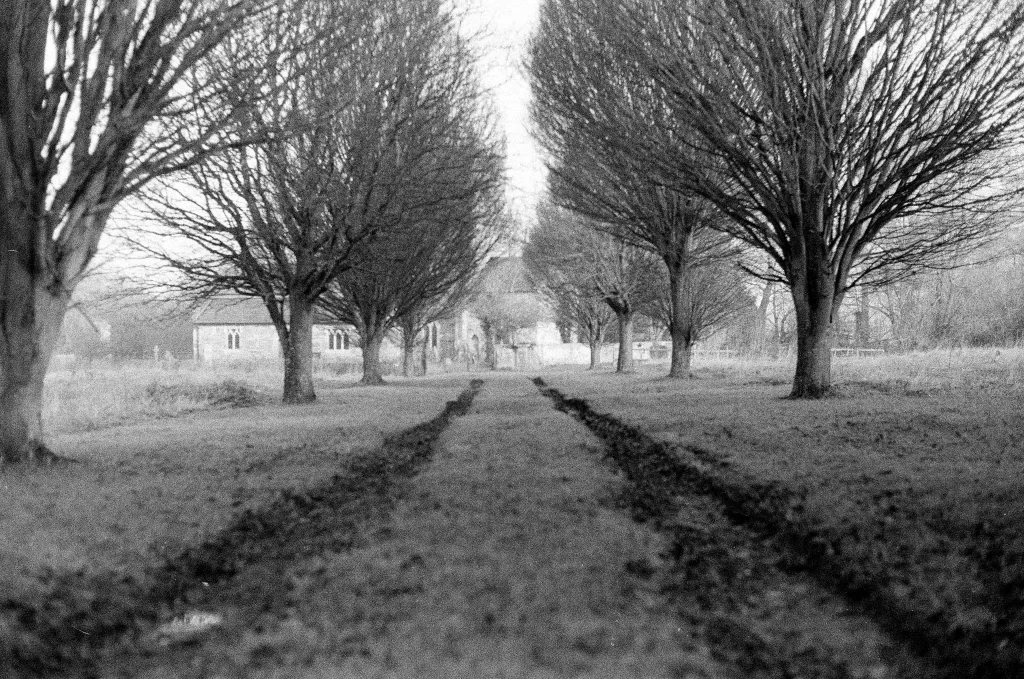
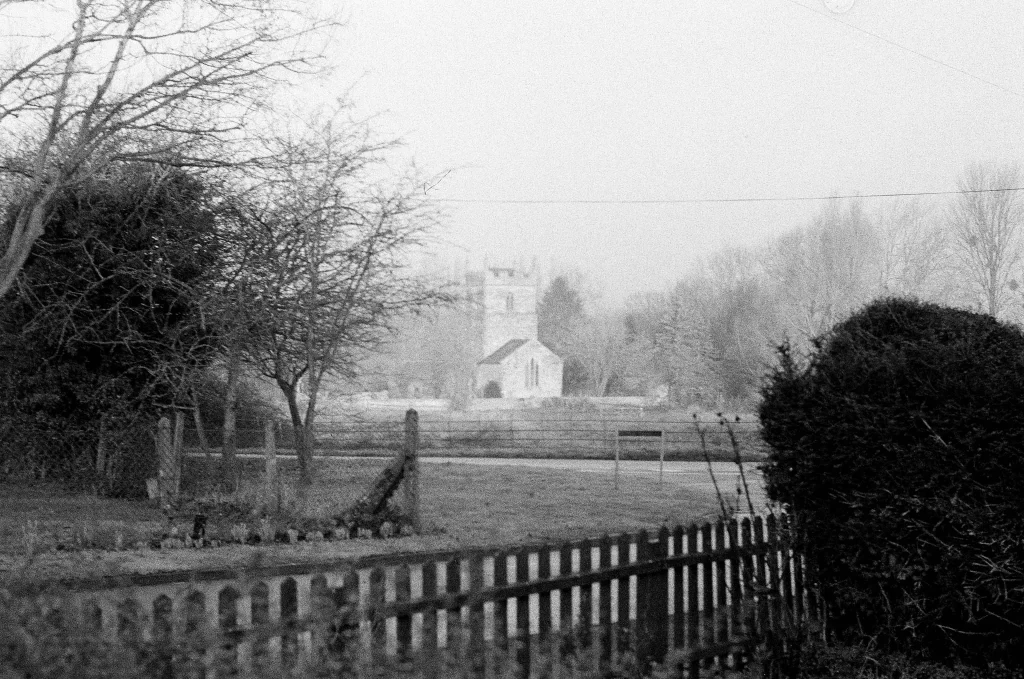
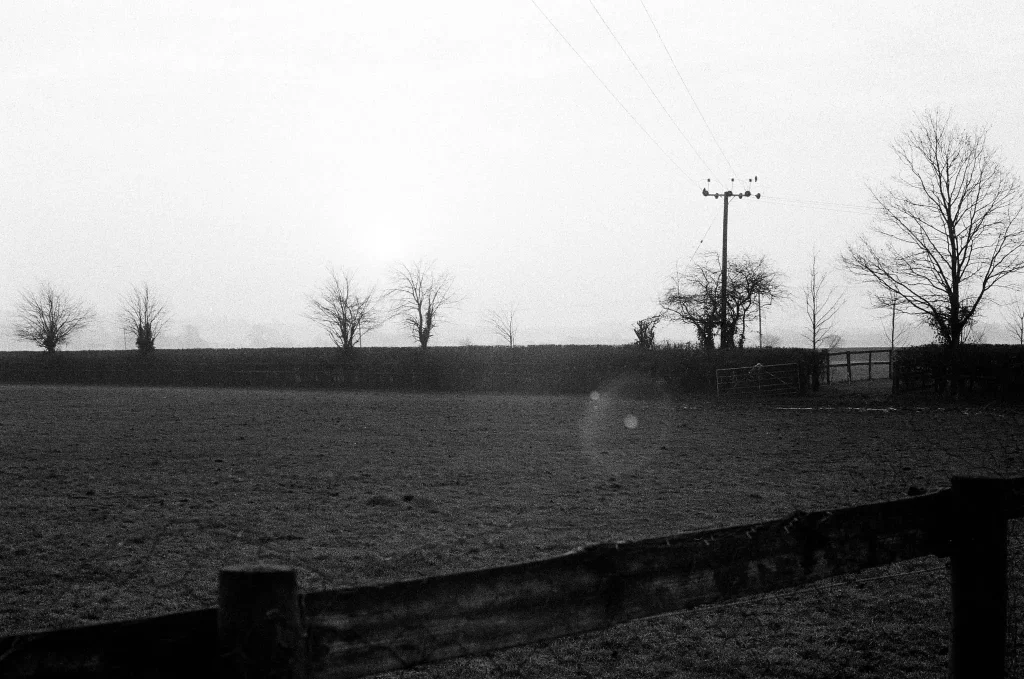
Thanks for reading
Ross
Share this post:
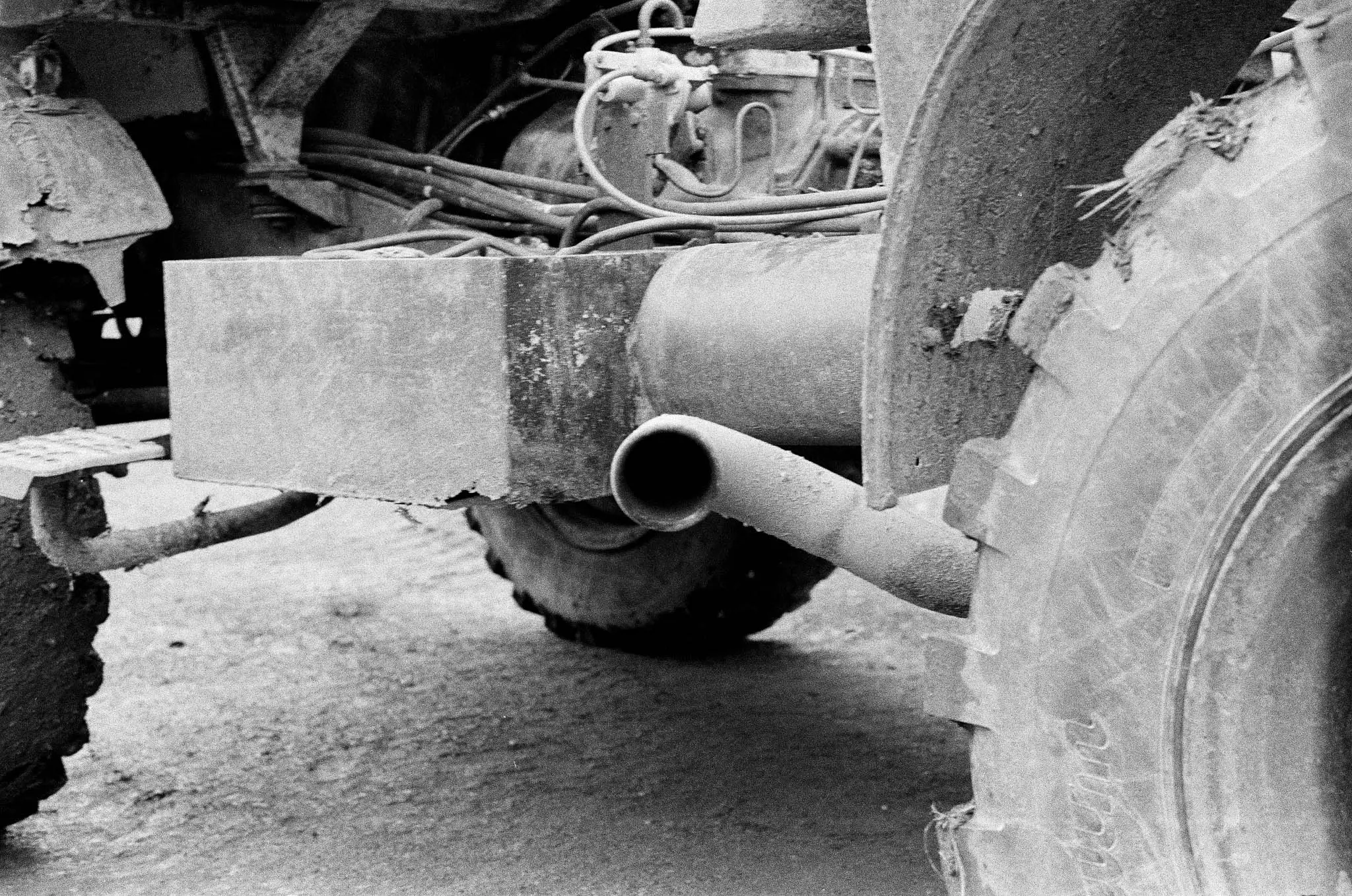








Comments
Frank Lehnen on My First Experience of Film – by Ross Gibson
Comment posted: 18/02/2017
Comment posted: 18/02/2017
Paula Smith on My First Experience of Film – by Ross Gibson
Comment posted: 18/02/2017
Comment posted: 18/02/2017
George Appletree on My First Experience of Film – by Ross Gibson
Comment posted: 18/02/2017
Just some suggestion. Water time is never too much; after developer and stop liquid you can wash it for a while (actually I never use stop bath). Also drying can sometimes generating stains, depending upon water quality; for that proceed to a last bath using distilled water plus the wetting agent.
Dan Castelli on My First Experience of Film – by Ross Gibson
Comment posted: 18/02/2017
Nice photos. Film is a good vehicle for self-expression. Keep up the good work and enjoy your visual journey. Shoot anything that catches your eye.
You're lucky to have met Hamish & James and to have supportive parents. They're lucky to have you.
Please occasionally post articles on your film adventures. I'd look forward to reading them. Now, go out & shoot some film!
Comment posted: 18/02/2017
Vernon on My First Experience of Film – by Ross Gibson
Comment posted: 18/02/2017
Comment posted: 18/02/2017
Victor on My First Experience of Film – by Ross Gibson
Comment posted: 18/02/2017
Comment posted: 18/02/2017
Comment posted: 18/02/2017
Aukje on My First Experience of Film – by Ross Gibson
Comment posted: 19/02/2017
Comment posted: 19/02/2017
Ray on My First Experience of Film – by Ross Gibson
Comment posted: 19/02/2017
Comment posted: 19/02/2017
Malcolm Myers on My First Experience of Film – by Ross Gibson
Comment posted: 19/02/2017
Welcome to the world of film! Just two tips:
1) If you ever do open the back of a film camera before you've rewound the film don't panic! Film is so tightly wound and it's black or at least opaque before you develop it that light doesn't penetrate very far. If you close the back quickly you'll probably only lose the last 3-4 exposures. The rest of your film should be fine.
2) I save water when washing film by using the 'Ilford method'. Basically you fill the post-fix tank with water and a small drop of wetting agent, invert for 10 seconds and get rid of the water. Repeat this process twice more for 20 seconds and 30 seconds and you should be fine. It's always worked for me.
carlos albisu on My First Experience of Film – by Ross Gibson
Comment posted: 22/02/2017
Andy Cannning on My First Experience of Film – by Ross Gibson
Comment posted: 23/02/2017
Dan Castelli on My First Experience of Film – by Ross Gibson
Comment posted: 23/02/2017
Your grandson displays a keen sense of composition & design. He seems like a cool kid.
Comment posted: 23/02/2017
r_kt on My First Experience of Film – by Ross Gibson
Comment posted: 27/02/2017